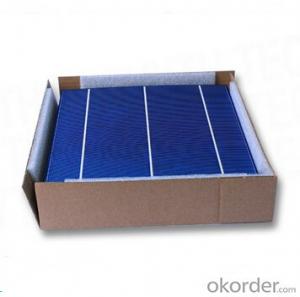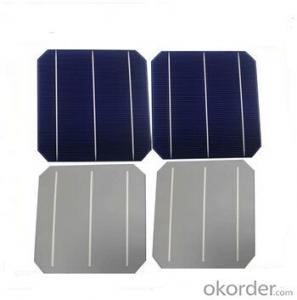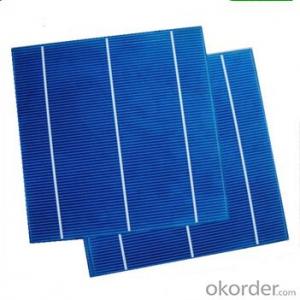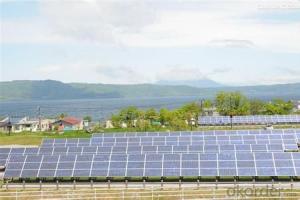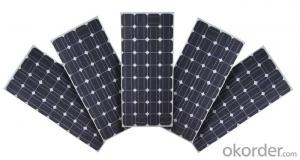Aerospace Solar Cells
Aerospace Solar Cells Related Searches
Except For Solar Cells Weegy Problems With Solar Cells High Power Solar Cells Light Trapping In Solar Cells High Performance Solar Cells High Output Solar Cells High Wattage Solar Cells Energy Transfer In Solar Cells High Efficiency Hvac Systems Recombination In Solar CellsHot Searches
Cheap Solar Cells For Sale Flexible Solar Cells For Sale Q Cells Solar Panels For Sale Printed Solar Cells For Sale Bulk Solar Cells For Sale 6x6 Solar Cells For Sale Broken Solar Cells For Sale Cpv Solar Cells For Sale Photoelectric Cells For Sale Price Of Silicon Solar Cells Price Of Solar Cells Over Time Buy Solar Cells From China Cheap Solar Cells China Best Type Of Solar Cells Flexible Solar Cells Price Q Cells Solar Panels Price 3 Types Of Solar Cells Production Of Solar Cells Common Types Of Solar Cells Q Cells Solar Panel PricesAerospace Solar Cells Supplier & Manufacturer from China
Okorder.com is a professional Aerospace Solar Cells supplier & manufacturer, offers integrated one-stop services including real-time quoting and online cargo tracking. We are funded by CNBM Group, a Fortune 500 enterprise and the largest Aerospace Solar Cells firm in China.Hot Products
FAQ
- The role of bypass diodes in shading situations is to minimize the impact of shade or partial shading on the performance of solar panels. When a solar panel is partially shaded, the shaded cells can create a significant drop in voltage, reducing the overall electrical output. Bypass diodes are connected in parallel with the shaded cells, allowing the current to bypass the shaded area and flow through the diode. This helps to maintain a higher voltage and prevent the shaded cells from negatively affecting the performance of the entire solar panel.
- Yes, solar cells can indeed be used to power remote communication towers. Solar cells, also known as photovoltaic cells, convert sunlight into electricity, making them an ideal and sustainable solution for remote locations where traditional power sources may be unavailable or impractical. The consistent exposure to sunlight enables solar cells to generate electricity to power communication equipment, including antennas, transmitters, and receivers, ensuring uninterrupted connectivity in remote areas. Additionally, solar cells can be paired with battery storage systems to store excess energy generated during the day, providing a reliable power supply for communication towers even during nighttime or cloudy conditions.
- Solar cells are less efficient in cloudy or overcast conditions compared to direct sunlight. Cloud cover reduces the amount of sunlight reaching the solar cells, resulting in decreased electricity production. However, solar cells can still generate some energy in these conditions, although at a reduced rate.
- Solar cells handle partial shading by using bypass diodes. These diodes help redirect the flow of current around shaded areas, minimizing the impact of shading on the overall system performance.
- Can the 156x156mm high efficiency single crystal cells assembly function better compared to the traditional one?
- I think so, because all the research and experiments already proved that.
- Yes, solar cells can be used on curved surfaces. Flexible solar cells have been developed that can conform to various shapes, allowing them to be installed on curved surfaces such as buildings, vehicles, or even clothing.
- Yes, solar cells can be used in aircraft applications. Solar cells have been integrated into various aircraft designs, including drones and solar-powered airplanes. They are used to capture sunlight and convert it into electricity, which can be used to power the aircraft's electrical systems or recharge its batteries. Solar cells offer a renewable and sustainable source of energy, reducing the reliance on traditional fossil fuels and making aircraft more environmentally friendly.
- My son is very interested in solar cells recently, and keeps asking me about the structure of a solar cell. Can anybody help me answer that question?
- My way to deal with the questions from my son is to search together with him on line, and learn with him together.

















